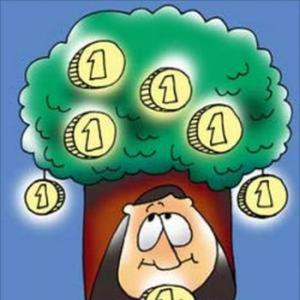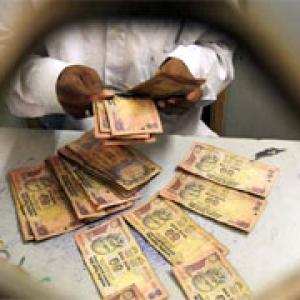Their share in overall market capitalisation of BSE stocks has risen to a four-year high The share of mid and small-cap stocks in the total market capitalisation of the universe of listed companies has touched a four-year high, something that is making market experts like G Chokkalingam, founder & CEO of Equinomics Research & Advisory, nervous.
The share of mid and small-cap stocks in the total market capitalisation of the universe of listed companies has touched a four-year high, something that is making market experts like G Chokkalingam, founder & CEO of Equinomics Research & Advisory, nervous.
“It is difficult to generalise about the index but some Tier-II and -III stocks are showing signs of being in a bubble zone. In quite a few sectors, mid-cap companies are now more expensive than their larger peers. This is a danger sign for investors,” says Chokkalingam.
Companies in the BSE Mid-Cap index now account for 16.5 per cent of the combined market cap of all BSE-listed companies, up from 13 per cent a year ago and just shy of the April 2010 all-time high of 16.6 per cent. Historically, a rise in the mid and small-caps’ share in total market capitalisation has preceded a market correction.
In 2010, for instance, a sharp rise in the BSE Mid-cap index was followed by a sharp fall in the index, even as the benchmark Sensex continued to rise.
The broader market topped nearly four months later, in October 2010. A similar trend was visible in early 2013, when the BSE Mid-cap and Small-Cap indices peaked four months before a sell-off in the Sensex.
A Business Standard analysis based on the combined market capitalisation of companies that are part of these indices of BSE also shows that a similar exuberance is visible in small-caps this time. The BSE Small-cap index now accounts for 5.5 per cent of the market cap of all listed companies, up from four per cent in July last year.
In contrast, large-cap companies have steadily lost some of their influence over the past year. Companies on the BSE-100 Index now account for 70 per cent of the market cap of the entire universe, down from nearly 75 per cent in July last year.
In the past 12 months, BSE Mid-cap and BSE Small-cap indices have outperformed the BSE Sensex and the BSE-100 by a wide margin.  Both indices have more than doubled since August 2013, rising much faster than the Sensex (up 47 per cent) and BSE-100 (up 51 per cent) during the period.
Both indices have more than doubled since August 2013, rising much faster than the Sensex (up 47 per cent) and BSE-100 (up 51 per cent) during the period.
“Mid-caps have led the rally in the past few months, on the back of a large participation of domestic retail investors. Any bad news would first be felt in this segment before it reaches large-cap stocks,” says Chokkalingam.
Others, however, disagree and say there is still some value left in many mid-caps. “It is wrong to paint all mid-caps with one brush. Many quality mid-caps are still trading at a discount to their larger peers and can rise further from current levels,” says Devang Mehta, senior vice-president and head of equity sales at Anand Rathi Financial Services.
Mehta has a point. At 12-month trailing price-to-earnings multiple of 13.22, the BSE Mid-cap index remains cheaper than the Sensex, which is trading at 18.5 times trailing 12-month earnings of member companies.
But the Sensex companies now offer a better bang for the buck, with dividend yield of 1.3 per cent, against 1.14 per cent in the case of BSE Mid-cap.










